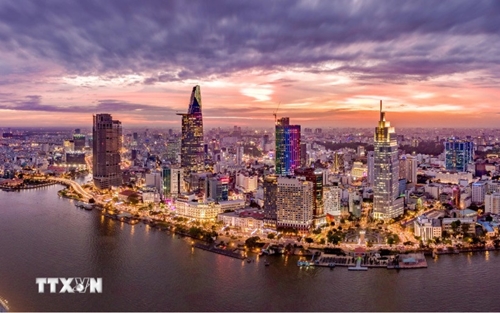Following the recent administrative restructuring that merged the city with the neighboring provinces of Binh Duong and Ba Ria - Vung Tau, Ho Chi Minh City now boasts 681 potential tourist sites. With a population of over 14 million, it has become Vietnam’s largest intra-provincial tourism market, both in scale and in diversity.
    |
 |
|
Ho Chi Minh City expects to become regional leading tourism hub. (Photo for illustration) |
According to the department, young workers favor short getaways, weekend retreats, and nightlife entertainment. Young families with children seek nature-based experiences, life skills education, traditional craft villages, farms, and museums. Middle-aged and older visitors tend to prefer cultural heritage tours, seaside relaxation, or wellness travel. Meanwhile, organizations, businesses, and schools consistently generate demand for MICE tourism, covering conferences, academic events, exhibitions, and thematic travel. This stable, high-spending domestic visitor base gives Ho Chi Minh City a significant competitive edge.
The local tourism sector is developing signature products organized around integrated experiential routes. Among the highlights is the "From the City to the Sea via the River" itinerary, which links the urban core with riverside ecological zones and coastal resorts. Another is the “Marine Culture” route, which redefines coastal destinations by spotlighting their spiritual, heritage, and ecological values. The city is also advancing themed products such as cuisine, night tourism, and traditional craft villages to personalize experiences for both domestic and international visitors.
In recent years, the city has also elevated the scale and positioning of its major tourism events. The Ho Chi Minh City International Travel Expo (ITE HCMC) continues to serve as a vital gateway to regional and global markets. Meanwhile, the Ho Chi Minh City Tourism Week has been expanded to a regional scale and is now linked to new destinations and products. Other major events such as the Ho Chi Minh City River Festival, the Ho Chi Minh City International Marathon, and a series of cultural festivals have helped to redefine the city as a dynamic, creative, and culturally rich destination.
Under its strategic vision until 2030, HCM City aims to position itself not only as a regional premier tourist destination, but also as a source of inspiration and innovation for Vietnam’s broader tourism industry.
The municipal Department of Tourism is currently revising its development strategy to 2030, integrating newly acquired resources and defining the core values of the “Ho Chi Minh City Tourism” brand.
The city is also advancing institutional reforms and digital transformation across the sector. Inter-regional infrastructure, improved connectivity, and high-capacity facilities will enable Ho Chi Minh City to shape a unique tourism-economic space capable of hosting major international events in culture, sports, and education.
Source: VNA